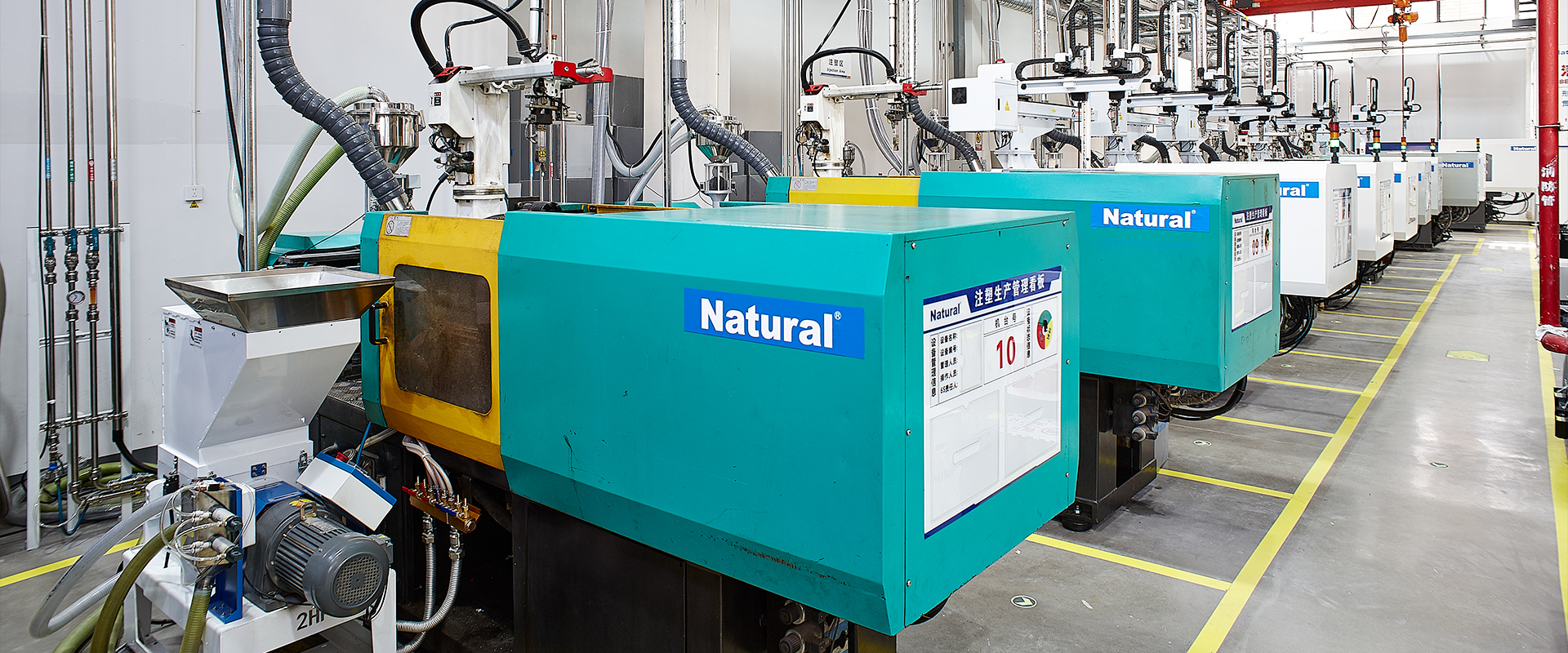adjustable mechanical thermostat: a reliable solution for temperature control
Release time:2025-11-14 13:21:56
An adjustable mechanical thermostat is an essential device used in various applications to regulate temperature. This simple yet effective technology has been widely used for decades in appliances like home heating systems, refrigerators, water heaters, and industrial machinery. Unlike their electronic counterparts, adjustable mechanical thermostats are built with a robust mechanical system that relies on physical principles such as thermal expansion and contraction to control temperature. This article explores the functionality, advantages, applications, and limitations of adjustable mechanical thermostats.

Functionality of Adjustable Mechanical Thermostats
The primary function of an adjustable mechanical thermostat is to maintain a desired temperature within a specific range. This is accomplished through the use of mechanical components like a bimetallic strip or an expansion tube. These components react to temperature changes by physically altering their shape.
The most common type of adjustable mechanical thermostat is the bimetallic strip thermostat. In this device, a strip made of two different metals is bonded together. When the temperature increases, the metals expand at different rates, causing the strip to bend. The bending action opens or closes an electrical circuit, turning the connected device (e.g., heater or cooler) on or off. Conversely, when the temperature decreases, the metals contract, reversing the action and allowing the device to switch off or on, depending on the set temperature.
 28 items Patent
28 items Patent
 28 items Patent
28 items Patent
 28 items Patent
28 items Patent








